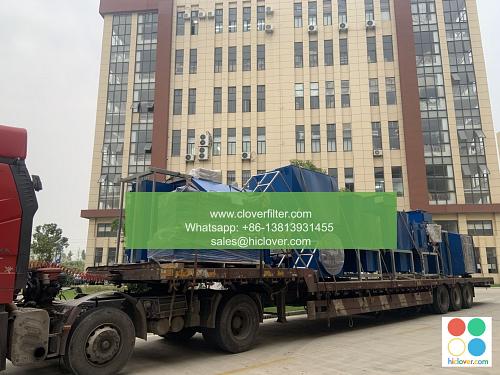The Role of Air Filtration in Controlling Infectious Diseases

Air filtration plays a crucial role in controlling infectious diseases, particularly those that are airborne. Infectious diseases such as influenza, tuberculosis, and COVID-19 can spread through the air, and proper air filtration can help reduce the transmission of these diseases. In this article, we will discuss the importance of air filtration in controlling infectious diseases, highlighting various application areas, and key words such as HEPA filtration, UV air purification, and airborne infection control.
Introduction to Air Filtration
Air filtration refers to the process of removing particles and contaminants from the air. This can be achieved through various methods, including mechanical filtration, electrostatic filtration, and gas phase filtration. Air purification systems can be used to remove airborne pathogens, allergens, and other contaminants, improving indoor air quality and reducing the risk of infectious disease transmission.
Application Areas of Air Filtration
Air filtration has various application areas, including:
* Hospitals and healthcare facilities: Air filtration is crucial in hospitals and healthcare facilities to prevent the spread of infectious diseases. HEPA filtration is commonly used in these settings to remove airborne pathogens.
* Office buildings and commercial spaces: Air filtration can improve indoor air quality and reduce the risk of infectious disease transmission in office buildings and commercial spaces.
* Schools and educational institutions: Air filtration can help reduce the spread of infectious diseases in schools and educational institutions, improving student health and attendance.
* Public transportation: Air filtration can be used in public transportation systems, such as buses and trains, to reduce the risk of infectious disease transmission.
Types of Air Filtration
There are various types of air filtration, including:
* MECHANICAL FILTRATION: Mechanical filtration uses a physical barrier to remove particles from the air. HEPA filtration is a type of mechanical filtration that can remove 99.97% of particles as small as 0.3 microns.
* ELECTROSTATIC FILTRATION: Electrostatic filtration uses an electrostatic charge to attract and remove particles from the air.
* UV AIR PURIFICATION: UV air purification uses ultraviolet light to kill airborne pathogens and other microorganisms.
Benefits of Air Filtration
The benefits of air filtration include:
* Reduced risk of infectious disease transmission: Air filtration can reduce the risk of infectious disease transmission by removing airborne pathogens.
* Improved indoor air quality: Air filtration can improve indoor air quality by removing pollutants and contaminants.
* Increased productivity: Air filtration can improve productivity by reducing the risk of illness and improving cognitive function.
Conclusion
In conclusion, air filtration plays a crucial role in controlling infectious diseases. By highlighting various application areas, such as hospitals and healthcare facilities, office buildings and commercial spaces, schools and educational institutions, and public transportation, and using key words such as HEPA filtration, UV air purification, and airborne infection control, we can see the importance of air filtration in reducing the risk of infectious disease transmission. By investing in air purification systems and implementing effective airborne infection control measures, we can improve indoor air quality, reduce the risk of infectious disease transmission, and create healthier environments. You haven’t provided a question or topic for me to respond to. Please provide more context or information so I can give you a helpful and accurate answer. What would you like to talk about or ask?

